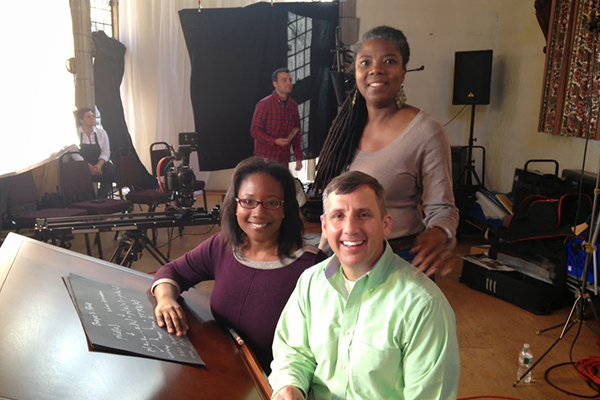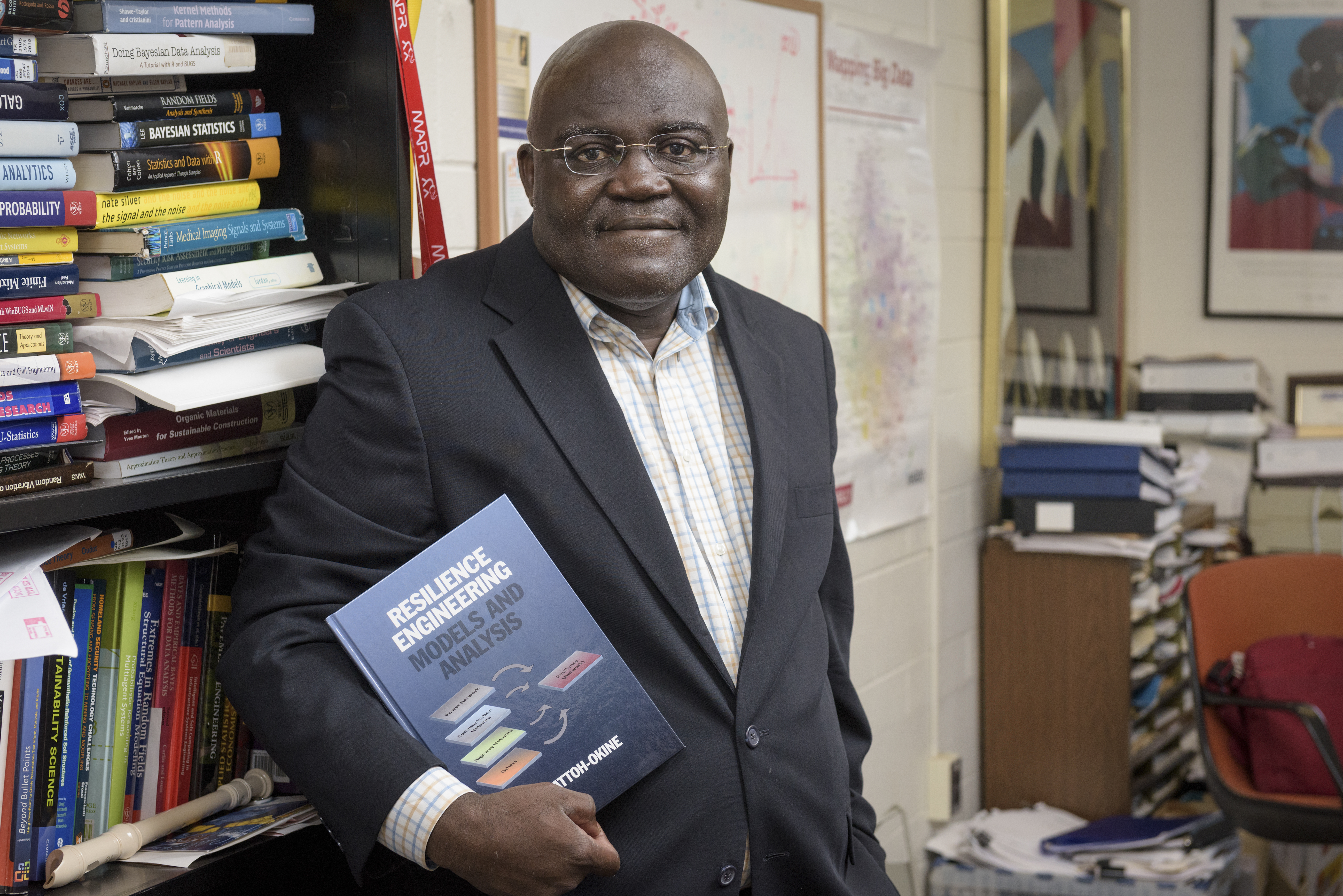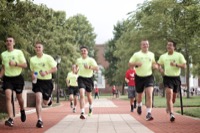
Math and industry
UD professor, alumnus featured in videos on real-world problems solved using math
11:10 a.m., Sept. 2, 2015--A University of Delaware professor and an alumnus are featured in videos that are part of a national initiative designed to show undergraduates the kinds of real-world problems that are being researched and solved by using math.
The initiative, “Preparation for Industrial Careers in Mathematical Sciences,” is supported by the National Science Foundation (NSF), the Society for Industrial and Applied Mathematics and the Mathematical Association of America. It aims to bring real mathematical research problems from industry to the attention of students, showing them potential career paths in the field as well as the kind of impact those careers can have.
People Stories
'Resilience Engineering'
Reviresco June run
A pair of videos for the initiative features Louis Rossi, professor and chair of the Department of Mathematical Sciences, and Sumanth Swaminathan, a UD graduate who is now a predictive modeling and optimization consultant at W.L. Gore and Associates. Swaminathan earned his bachelor’s degree at UD in chemical engineering and his doctorate in applied mathematics at Northwestern University.
UD’s mathematical sciences department was “a natural choice for this sort of venture,” Rossi said of the initiative. “We have strong faculty working in interdisciplinary applied mathematics and a long history of engaging with industrial partners.”
For example, he said, the department is one of four key institutions that regularly host and participate in the Mathematical Problems in Industry workshop, which is the longest-running math/industry study group in the United States. This year, the workshop, sponsored by NSF, met at UD for five days in June, when participants worked on and discussed problems of interest to science and industry.
The videos are titled “Solving Real World Problems: Building a Better Filter.” Swaminathan talks about his work in helping Gore optimize the geometry of the filters the company makes to continually improve them. Rossi describes how mathematical modeling is especially useful in solving this type of problem because filtration involves processes that are difficult to measure directly.
“Building a Better Filter” and other videos in the initiative can be viewed online.
After demonstrating methods of using mathematical modeling to study a filter’s speed and effectiveness, Rossi encourages students watching the video to consider what solving this type of problem can mean.
“Not only is this kind of mathematics fun and personally rewarding, but it has great commercial value,” he says. “And when you think about the central role that filters play in transportation, health, energy and communication, this kind of problem has worldwide impact.”
Article by Ann Manser
Photo courtesy of Lou Rossi








